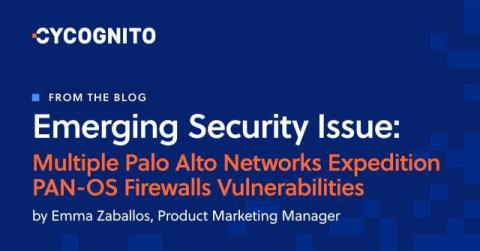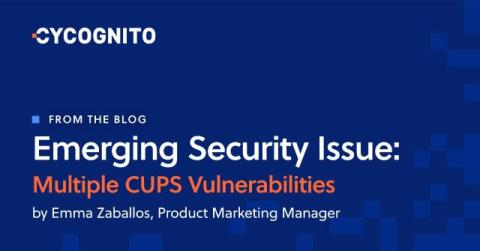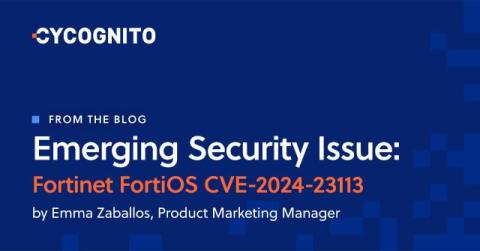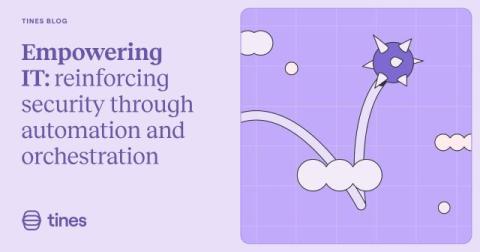Complete Third-Party Risk Management Guide for 2025
Third-party risk management (TPRM) is the structured process of identifying, assessing, and mitigating risks posed by external vendors, suppliers, and service providers. These risks can include cyber threats, data breaches, regulatory violations, and financial instability, all of which can severely impact your organization’s security and compliance posture.











